Osaka – When Albion “Ash” Hudson, founder of the seminal streetwear brand Conart, saw an opportunity to leave his hometown of Los Angeles and move to Japan in 2013, he jumped on it.
“I decided to move to Japan on a whim,” says the 49-year-old Hudson from his apartment in Tokyo. “I was sick of LA, so I came here with no contacts and no job waiting for me. I just decided that I was going to somehow figure out how to make it in Japan.”
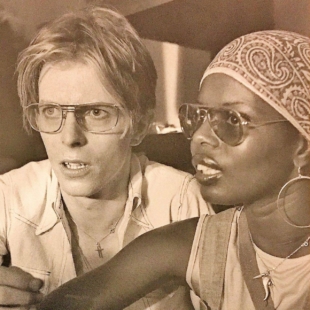
Creative DNA runs through Hudson’s veins. His father, Anthony, is an artist from Stoke-on-Trent, England, who created album covers for the likes of Joni Mitchell, Crazy Horse and Jackson Browne. His mother, Ola, who passed away in 2009, was an African-American fashion designer from Los Angeles who created outfits for such icons as John Lennon, Ringo Starr, Carly Simon and The Pointer Sisters. Some of her most prized works were for rock star David Bowie during his mid-1970s Thin White Duke period, and the costumes she created for his 1976 film “The Man Who Fell to Earth” are now on permanent display at New York’s Metropolitan Museum of Art.
Hudson’s older brother, Saul, is better known to millions of rock fans as Slash, the lead guitarist of Guns N’ Roses.
“I shared a bedroom with my brother growing up,” Hudson says. “He had control of the radio, so I listened to a lot of rock like Led Zeppelin, Pink Floyd and Jimi Hendrix. But when I heard hip-hop for the first time, I just gravitated toward that and the culture.”
The DJ Afrika Bambaataa once outlined the four core pillars of hip-hop as MCing, DJing, breakdancing and graffiti artistry. While Hudson’s immediate family were all heavily involved in aspects of the music industry, he credits his maternal grandmother, Ola Sr., as the inspiration that started him down his life path.
“She painted her way out of the ghetto,” he says. “I watched her sell her paintings to galleries, accumulate paintings from other artists and then resell those paintings. She was the rock of the family.”
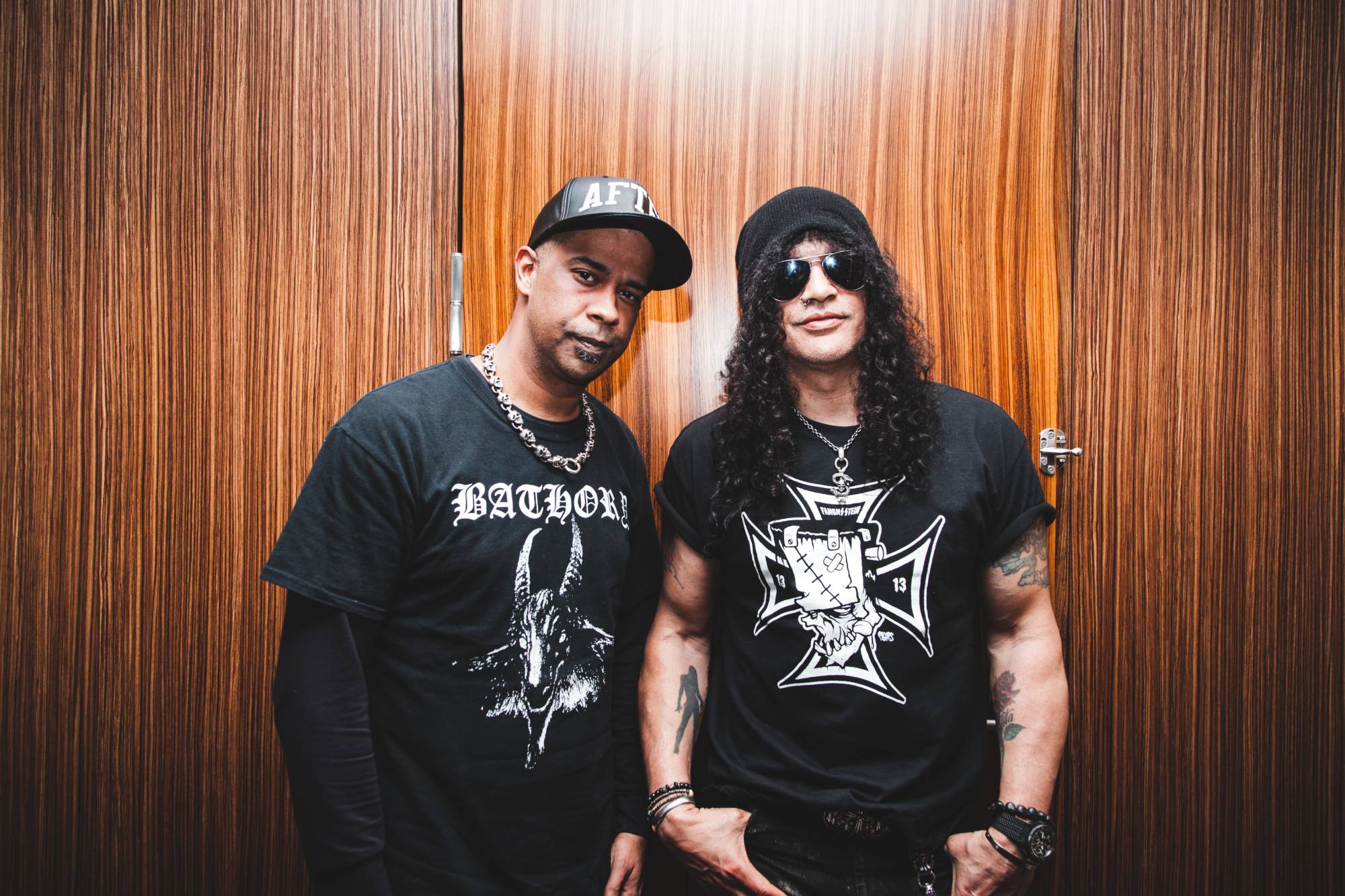


In 1984, while still in sixth grade, Hudson collected four different colored cans of Krylon spray paint and wrote out his name in giant bubble letters on the wall of an alleyway near his house. A couple of hours after completing his first piece of graffiti, he was at home watching TV when he heard a knock on the door. It was the police. They hauled him back to the building he had just vandalized but in a surprise twist, the owner of the building refused to press charges as he thought the young Ash had genuine talent. He’d later be proven correct.
Hudson started Conart, a portmanteau of “convict” and “art,” when he was still a teenager in 1989. It was the first streetwear label to use designs by LA graffiti artists. Hudson was running with a group of young breakdancers and taggers when he came across a graffiti artist, “PJay” from West Coast Artists, airbrushing one-off originals on denim jackets and sweatshirts and selling them on his own.
“I was watching these masterpieces go out the door for $35,” Hudson recalls. “I started to think of the concept of reproducing T-shirts so everyone could get one, so I took $100 that I had saved up and had a dozen T-shirts made with PJay’s artwork. I took these shirts to school in my backpack and I sold them all in like a day.”
Hudson brought a new batch of shirts to a store on Melrose Avenue and left them on consignment. When he stopped by the store a week later, he learned that a couple of Japanese businessmen had bought the entire batch and left their cards. Hudson met with them and they immediately ordered $50,000 worth of shirts.
“Japan became like 80% of our market,” he says. “A couple of years later the distributors flew me to Tokyo.”
Hudson received the royal treatment on his first trip to Japan.
“They took me to eat sushi and kushikatsu (skewered meat and vegetables) and introduced me to hip-hop legends like the late DJ Kensaw. It was like getting on a rocket ship and flying to Mars.”
Ryoji Tankoshi, an early force in Japan’s hip-hop scene known as DJ Tanko, remembers meeting Hudson on that first trip.
“I was working for Aptex, the sole distributor of Conart in Japan,” he recalls. “At the time, there was no other clothing brand mainly for graffiti in Japan. It was a bold spray-painted style and it became very popular.”
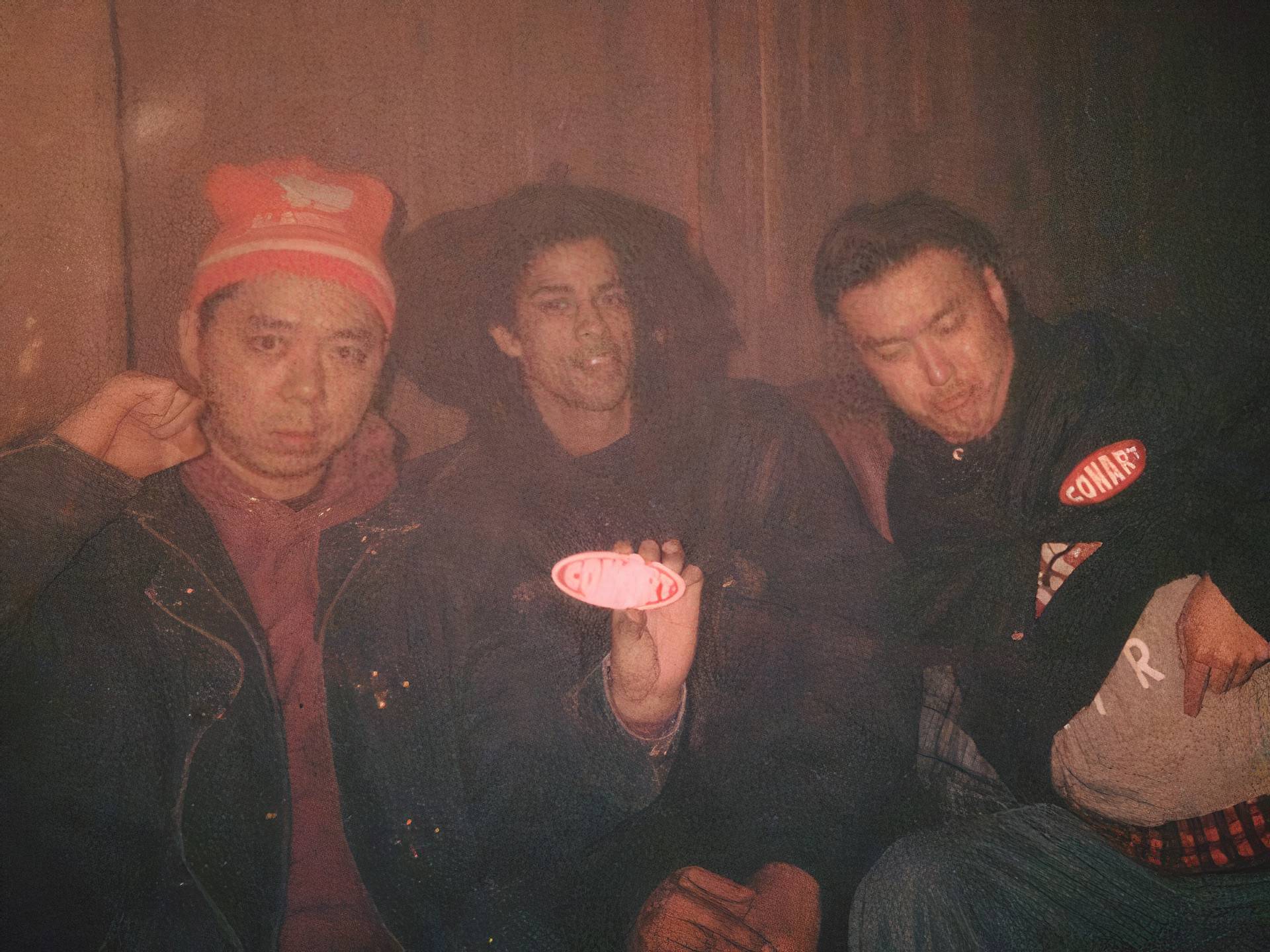


Photographic history
Hudson says that the money from Japanese sales helped turn what started off as a hobby into a full-fledged business. In 1993, he moved Conart Studios into a 16,000-square-foot loft on South Rampart Blvd.
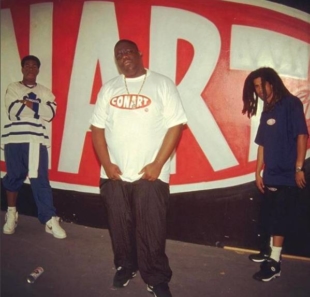


Conart began getting attention from magazines such as Rap Pages and The Source after hip-hop acts like Cypress Hill, Beastie Boys, Snoop Dogg and N.W.A started wearing the brand, and the new location soon became a popular hangout for visiting rappers. It even got a shout out in KRS-One’s 1995 track “Out for Fame”: “Oh no with the paint we can never dilly-dally / Big up and respect to Conart in Cali.”
“The record label guys would take the artists to Roscoe’s to get the chicken and waffles and somehow we were also on the list,” Hudson says. “I’d give them some T-shirts and then bust out my camera and do a photoshoot with them wearing the gear in front of my graffiti artwork.”
Hudson was able to shoot historic photos of rappers such as Redman, Craig Mack, Gang Starr, Mobb Deep, Pete Rock and CL Smooth, Method Man and Ol’ Dirty Bastard of Wu-Tang Clan, and The Notorious B.I.G. early in their careers.
At its peak, Conart was selling 10,000 T-shirts a month, but by the end of the 1990s Hudson started to feel creatively burnt out running the company due to a series of setbacks that he attributes to his being so young.
“Money was never a driving force behind Conart,” he says. “We had opportunities to sell out to the culture vultures, but I’m still kind of a purist and would never want to lose my fanbase after years and years of loyalty and love for the brand. As the song goes, ‘I’d rather be broke and have a whole lot of respect.’”
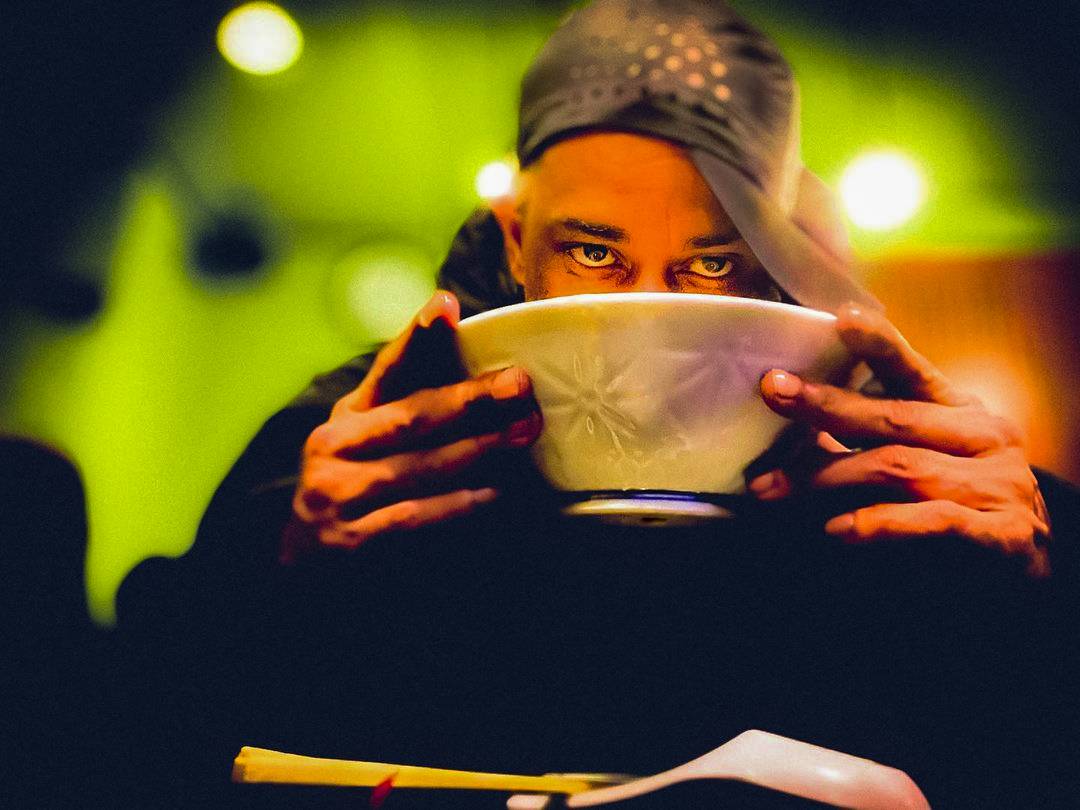


The move to Japan
The move to Japan is one that many artists have made, Megadeth’s Marty Friedman and Sonic Youth’s Jim O’Rourke among them. Tokyo in particular can often provide fresh inspiration to musicians, designers and visual artists alike.
“It was the best move for me. I love working in Tokyo but I often go to Osaka, which I consider my spiritual home.” Hudson says. “I’ve also reconnected with many old friends in the hip-hop scene like Anarchy, Dabo, DJ George, Zeebra of King Giddra, and DJ Tanko.”
While here, Hudson has been working as a photographer and writing a column titled “A$H All City Artifacts” for FLJ magazine in Tokyo since 2017. His work allows him to give exposure to lesser-known artists such as Osaka’s Karezmad and Seoul’s Original Punk.
“I just discovered a new artist named Kamaranranran who was drawing these kawaii female characters and ghosts at McDonald’s of all places,” Hudson says. “I started talking to him and got him to design a T-shirt for Conart right then and there.”
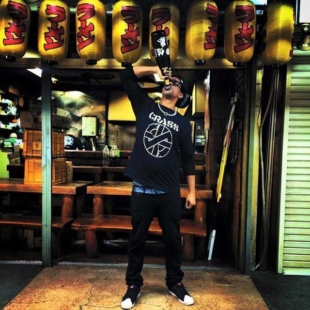


Hudson has ramped up his efforts to revive Conart since moving to Tokyo, such as collaborating with the street brand X-Large to release a line of his classic designs in Japan. A frequent visitor to Seoul, he also released a 2020 collection for Conart in South Korea with his business partner Soohyun Lee. One shirt that he designed as a tribute to the late rapper Guru of Gang Starr was even worn by a member of K-pop sensation BTS.
“It was also inspirational to see photos of Travis Scott rocking vintage Conart gear, knowing that the brand is being sought out by younger rappers in the limelight,” says Hudson.
During the pandemic, Hudson has tried to make the most of his down time by partnering with a local entrepreneur to open a T-shirt printing business in Sakurashinmachi. He sees it as a chance to return to what he loves best: hands-on manufacturing, this time using state-of-the art technology.
He has also curated a career retrospective that will be held at Jinkinoko Gallery in Tokyo’s Shibuya Ward. In addition to showcasing vintage items and rare photographs, Hudson will display many of his newer designs including a series of #StopAsianHate shirts he created to combat anti-Asian violence.
“There’s a whole lot of racism and resentment against Asians right now,” Hudson says when asked about the shirts. “I figured I should do what I can to help raise awareness. I love all of the places I have been to in Asia: Thailand, Hong Kong, Korea, Taiwan, China and, of course, Japan.”
The Conart T-shirt art and photo exhibition will be held as a one-day event on June 9 and followed by an extended event from July 9 to 11 at Jinkinoko Gallery. The gallery is located at 22-1 Sarugakucho, Shibuya Ward, Tokyo. For more information on Conart, visit conartstore.com.
In a time of both misinformation and too much information, quality journalism is more crucial than ever.
By subscribing, you can help us get the story right.
SUBSCRIBE NOW

